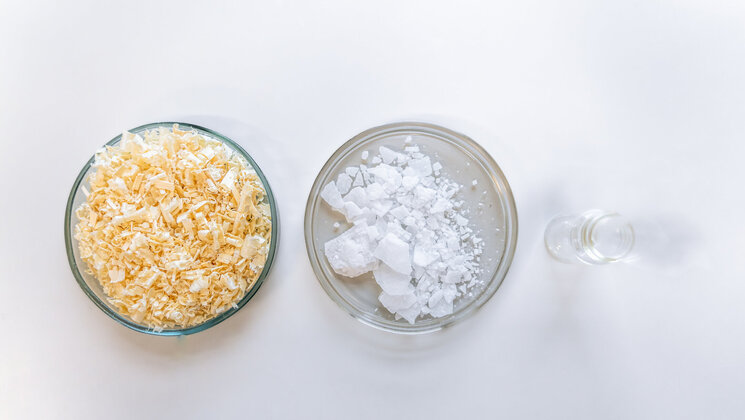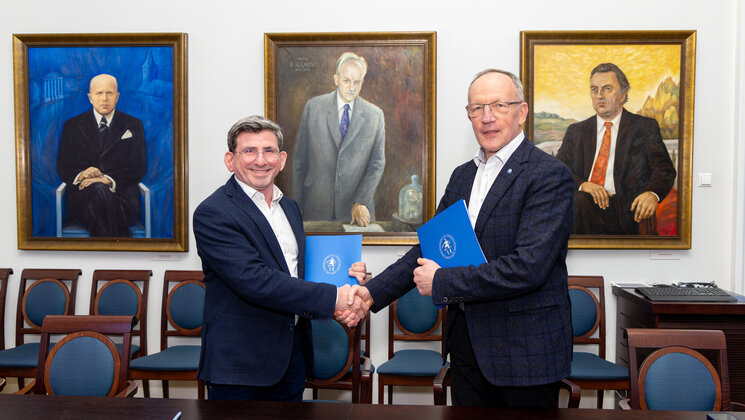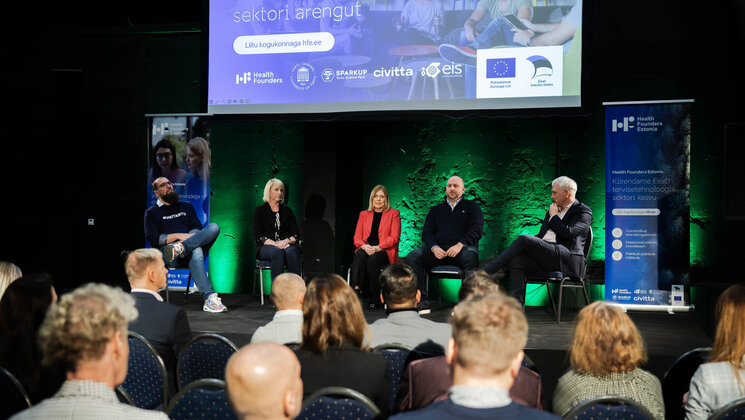-
Faculty of Arts and HumanitiesDean's Office, Faculty of Arts and HumanitiesJakobi 2, r 116-121 51005 Tartu linn, Tartu linn, Tartumaa EST0Institute of History and ArchaeologyJakobi 2 51005 Tartu linn, Tartu linn, Tartumaa EST0Institute of Estonian and General LinguisticsJakobi 2, IV korrus 51005 Tartu linn, Tartu linn, Tartumaa EST0Institute of Philosophy and SemioticsJakobi 2, III korrus, ruumid 302-337 51005 Tartu linn, Tartu linn, Tartumaa EST0Institute of Cultural ResearchÜlikooli 16 51003 Tartu linn, Tartu linn, Tartumaa EST0Institute of Foreign Languages and CulturesLossi 3 51003 Tartu linn, Tartu linn, Tartumaa EST0School of Theology and Religious StudiesÜlikooli 18 50090 Tartu linn, Tartu linn, Tartumaa EST0Viljandi Culture AcademyPosti 1 71004 Viljandi linn, Viljandimaa EST0Professors emeriti, Faculty of Arts and Humanities0Associate Professors emeriti, Faculty of Arts and Humanities0Faculty of Social SciencesDean's Office, Faculty of Social SciencesLossi 36 51003 Tartu linn, Tartu linn, Tartumaa EST0Institute of EducationJakobi 5 51005 Tartu linn, Tartu linn, Tartumaa EST0Johan Skytte Institute of Political StudiesLossi 36, ruum 301 51003 Tartu linn, Tartu linn, Tartumaa EST0School of Economics and Business AdministrationNarva mnt 18 51009 Tartu linn, Tartu linn, Tartumaa EST0Institute of PsychologyNäituse 2 50409 Tartu linn, Tartu linn, Tartumaa EST0School of LawNäituse 20 - 324 50409 Tartu linn, Tartu linn, Tartumaa EST0Institute of Social StudiesLossi 36 51003 Tartu linn, Tartu linn, Tartumaa EST0Narva CollegeRaekoja plats 2 20307 Narva linn, Ida-Virumaa EST0Pärnu CollegeRingi 35 80012 Pärnu linn, Pärnu linn, Pärnumaa EST0Professors emeriti, Faculty of Social Sciences0Associate Professors emeriti, Faculty of Social Sciences0Faculty of MedicineDean's Office, Faculty of MedicineRavila 19 50411 Tartu linn, Tartu linn, Tartumaa ESTInstitute of Biomedicine and Translational MedicineBiomeedikum, Ravila 19 50411 Tartu linn, Tartu linn, Tartumaa ESTInstitute of PharmacyNooruse 1 50411 Tartu linn, Tartu linn, Tartumaa ESTInstitute of DentistryL. Puusepa 1a 50406 Tartu linn, Tartu linn, Tartumaa ESTInstitute of Clinical MedicineL. Puusepa 8 50406 Tartu linn, Tartu linn, Tartumaa ESTInstitute of Family Medicine and Public HealthRavila 19 50411 Tartu linn, Tartu linn, Tartumaa ESTInstitute of Sport Sciences and PhysiotherapyUjula 4 51008 Tartu linn, Tartu linn, Tartumaa ESTProfessors emeriti, Faculty of Medicine0Associate Professors emeriti, Faculty of Medicine0Faculty of Science and TechnologyDean's Office, Faculty of Science and TechnologyVanemuise 46 - 208 51003 Tartu linn, Tartu linn, Tartumaa ESTInstitute of Computer ScienceNarva mnt 18 51009 Tartu linn, Tartu linn, Tartumaa ESTInstitute of GenomicsRiia 23b/2 51010 Tartu linn, Tartu linn, Tartumaa ESTEstonian Marine Institute0Institute of PhysicsInstitute of ChemistryRavila 14a 50411 Tartu linn, Tartu linn, Tartumaa EST0Institute of Mathematics and StatisticsNarva mnt 18 51009 Tartu linn, Tartu linn, Tartumaa EST0Institute of Molecular and Cell BiologyRiia 23, 23b - 134 51010 Tartu linn, Tartu linn, Tartumaa ESTTartu ObservatoryObservatooriumi 1 61602 Tõravere alevik, Nõo vald, Tartumaa EST0Institute of TechnologyNooruse 1 50411 Tartu linn, Tartu linn, Tartumaa ESTInstitute of Ecology and Earth SciencesJ. Liivi tn 2 50409 Tartu linn, Tartu linn, Tartumaa ESTProfessors emeriti, Faculty of Science and Technology0Associate Professors emeriti, Faculty of Science and Technology0Institute of BioengineeringArea of Academic SecretaryHuman Resources OfficeUppsala 6, Lossi 36 51003 Tartu linn, Tartu linn, Tartumaa EST0Area of Head of FinanceFinance Office0Area of Director of AdministrationInformation Technology Office0Administrative OfficeÜlikooli 17 (III korrus) 51005 Tartu linn, Tartu linn, Tartumaa EST0Estates Office0Marketing and Communication OfficeÜlikooli 18, ruumid 102, 104, 209, 210 50090 Tartu linn, Tartu linn, Tartumaa EST0Area of RectorRector's Strategy OfficeInternal Audit OfficeArea of Vice Rector for Academic AffairsOffice of Academic Affairs0University of Tartu Youth AcademyUppsala 10 51003 Tartu linn, Tartu linn, Tartumaa EST0Student Union OfficeÜlikooli 18b 51005 Tartu linn, Tartu linn, Tartumaa EST0Centre for Learning and TeachingArea of Vice Rector for ResearchUniversity of Tartu LibraryW. Struve 1 50091 Tartu linn, Tartu linn, Tartumaa EST0Grant OfficeArea of Vice Rector for DevelopmentCentre for Entrepreneurship and InnovationNarva mnt 18 51009 Tartu linn, Tartu linn, Tartumaa EST0University of Tartu Natural History Museum and Botanical GardenVanemuise 46 51003 Tartu linn, Tartu linn, Tartumaa EST0International Cooperation and Protocol Office0University of Tartu MuseumLossi 25 51003 Tartu linn, Tartu linn, Tartumaa EST0
The University of Tartu validates Stargate Hydrogen’s approach to developing iridium-free alkaline electrolysers

- Novel precious metal-free catalysts developed by Stargate Hydrogen have been tested electrochemically by the Institute of Chemistry at the University of Tartu.
- The performance of developed catalysts approaches the performance of commercial iridium-based materials.
- The University of Tartu and Stargate Hydrogen are extending the scope of their collaboration.
Stargate Hydrogen and the University of Tartu have successfully concluded the first phase of a joint development project. The project has thus far focused on the electrochemical characterisation of novel catalyst materials developed by Stargate for use in next-generation, precious metal-free alkaline electrolysers. Electrochemical measurements were carried out by researchers at the Institute of Chemistry at the University of Tartu, and the results confirm the high activity of Stargate's nanoceramic materials.
Alkaline electrolysers are often touted as precious metal-free. In reality, best-performing alkaline electrolysers are still relying heavily on precious metals, such as iridium and ruthenium, to achieve high current densities and high electricity-to-hydrogen conversion efficiencies. Stargate is developing novel ceramics-based alternatives to iridium, and the tests conducted at the University of Tartu have demonstrated that performance approaching commercial iridium-based electrodes is indeed possible.
"We have achieved promising results with Stargate's materials," says Jaak Nerut, PhD, an associate professor at the Institute of Chemistry at the University of Tartu. Dr Nerut's team used cyclic voltammetry to determine the intrinsic electrochemical activity of Stargate's materials toward the processes occurring on the positive electrode of an alkaline electrolyser.
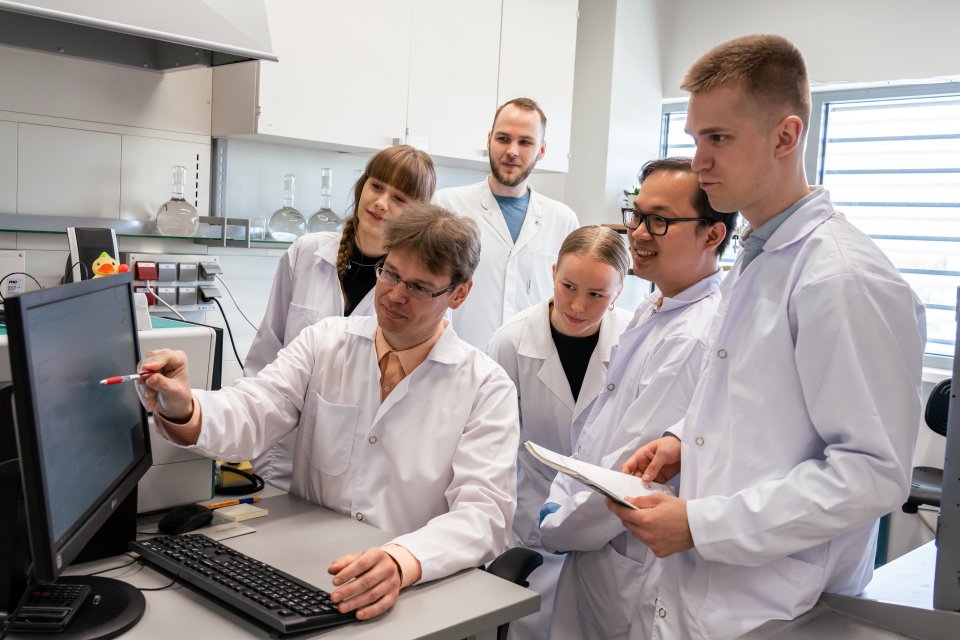
The parties are preparing to move into the next phase of their collaboration, which concerns the development of novel electrode fabrication methods based on Stargate's materials. Both the University of Tartu and Stargate are confident that the traditional coating methods used in the industry can be improved. Improved coating methods can, in turn, help enhance electrolyser efficiencies and pave the path towards mass production. Developing methods that enable mass production of electrolyser sub-components are critical to achieving the ambitious scale-up plans set by the industry.
Rainer Küngas, CTO of Stargate Hydrogen, commented: "We are happy to see our approach validated by the rigorous testing carried out by our good partners at the University of Tartu. We aim to bring our precious metal-free technology to mass production as soon as possible to reduce hydrogen production costs and contribute to the widespread adoption of green hydrogen. We are presently exploring several additional avenues of cooperation with the University of Tartu."
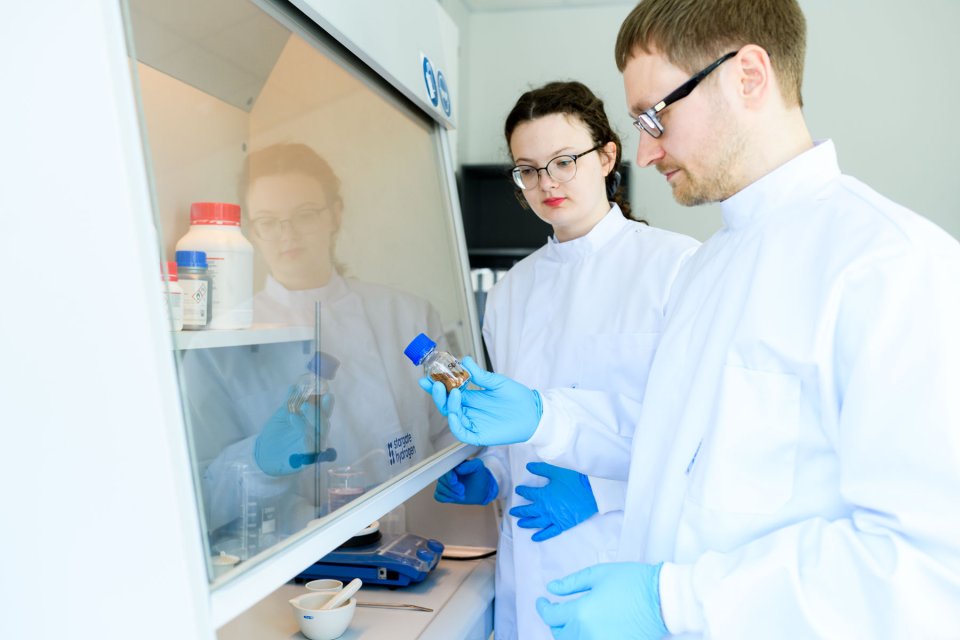
"Stargate Hydrogen is an ambitious company challenging the industry incumbents with its novel approach to electrodes and catalyst materials. We are happy to have contributed to this development work and are looking forward to the next steps of the collaboration," Dr Nerut from the University of Tartu commented.
Stargate Hydrogen, a privately owned company, is developing turnkey solutions for green hydrogen deployment. The central innovation of the company is focused on the development of next-generation alkaline electrolysers that are free from precious metals.
The University of Tartu is the oldest and largest higher education institution in Estonia and has been the centre of Estonian academic life for almost four centuries. It is ranked in the top 1.2% of the world's universities, making it one of the leading universities in Northern Europe.
Read more similar news



